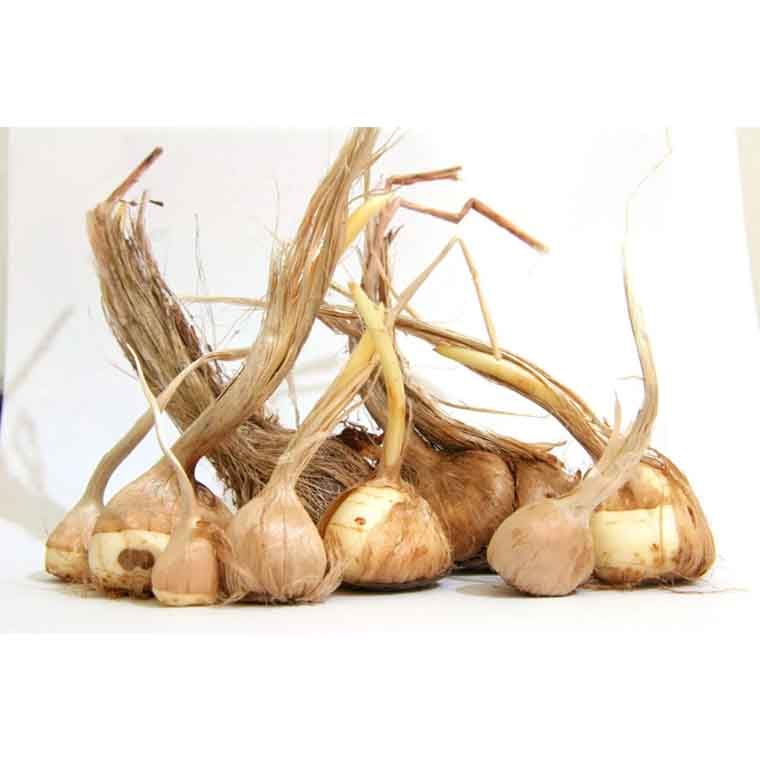Reasons for Saffron Onion Shrinkage and Prevention Strategies
One significant issue threatening saffron farms is the shrinking of saffron bulbs. When bulbs remain small, they cannot flower, leading to a severe decrease in farm yield. To achieve a successful crop and increase productivity, several actions must be taken. These include proper land preparation, selecting healthy bulbs, and adhering to management principles that greatly impact farm performance.
Main Reasons for Saffron Onion Shrinkage and Solutions
- Heavy Soil Texture: Heavy soil texture is a primary cause of saffron bulb shrinkage. Soils that are compacted due to a lack of clay and sand lack adequate porosity. This situation exerts pressure on the bulbs, preventing their growth and enlargement. Consequently, nutrient absorption through roots is significantly reduced. To address this issue, soil should be amended with suitable materials to increase its porosity.
- Nutrient-Poor Soil: Soil that is deficient in essential nutrients is unsuitable for plant growth. Nutrient-poor soils cannot meet the plant’s nutritional needs, leading to reduced farm yield. Therefore, enriching the soil with appropriate and balanced fertilizers is crucial and should be done carefully.
- Farm Management: Proper farm management is key to preventing bulb shrinkage. This management includes precise planning for fertilizer application. If fertilization is not managed correctly, bulbs will not have access to the necessary nutrients for growth and will remain small. To prevent this issue, special attention should be given to proper nutrition of the bulbs and the use of suitable fertilizers.
- Weed Removal: Weeds are another factor affecting saffron bulb growth. Weeds absorb moisture and nutrients from the soil, depleting the soil and reducing the saffron’s nutrient requirements. Regular and effective weed control is essential to ensure the saffron farm benefits from adequate moisture and nutrients.
- Insufficient Moisture: Saffron bulbs require adequate moisture during the fall and winter seasons to grow properly. A lack of moisture during this period disrupts nutrient absorption and production, leading to production problems. Regular and timely irrigation is crucial to ensure sufficient moisture and prevent soil dryness.
- Inappropriate Planting Depth: The suitable planting depth for saffron should be between 20 to 25 centimeters. Planting bulbs deeper than this length results in a significantly prolonged growth and sprouting period, and roots lose their growth power. Conversely, planting at a shallower depth can expose bulbs to climatic stress and reduce growth energy. Therefore, adhering to the proper planting depth is essential for maintaining bulb health and growth.
- Soil Salinity: Soil salinity is a significant issue in saffron cultivation. Saffron does not grow well in saline soils, and high salinity can cause problems with harvesting and farm performance. During irrigation, care must be taken to prevent soil crusting. Crusting can lead to issues with water and oxygen infiltration into the soil and bulbs. Timely and regular crust breaking can help resolve this issue and prevent serious problems during flower harvesting.
By following these guidelines and paying attention to various factors, saffron bulb shrinkage can be prevented, and farm performance can be improved.



